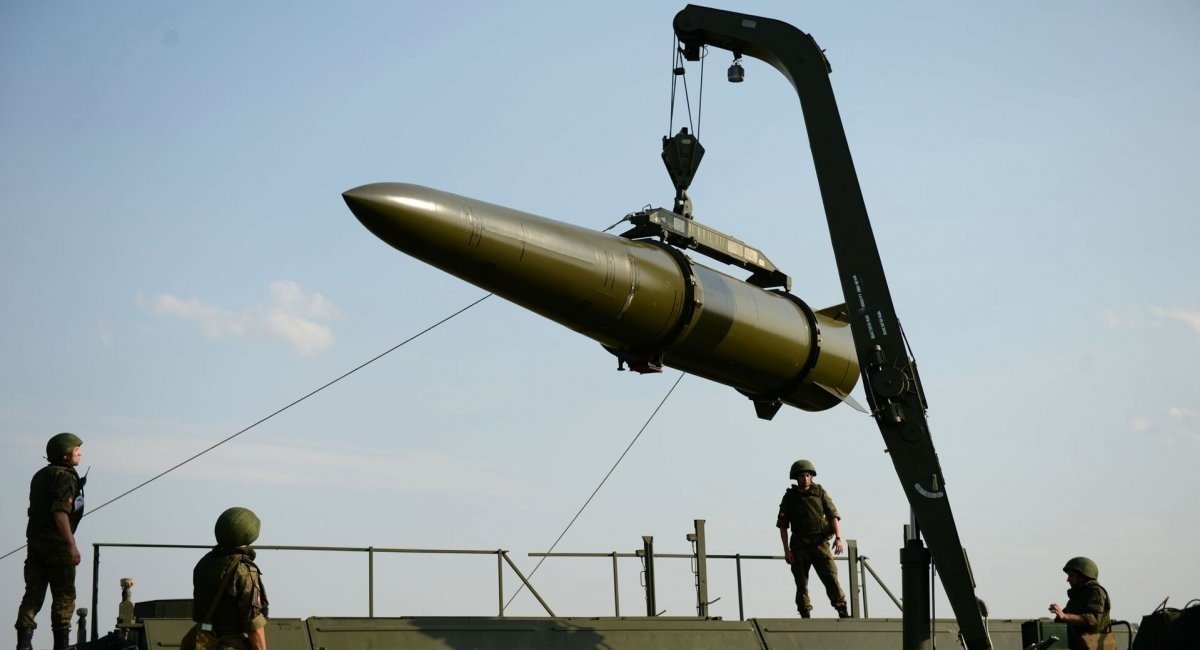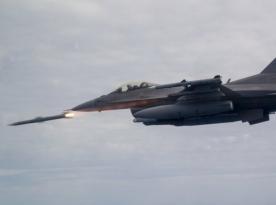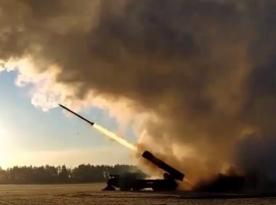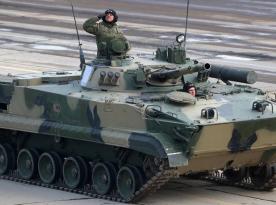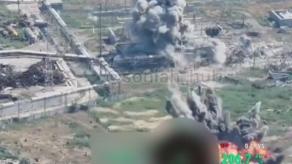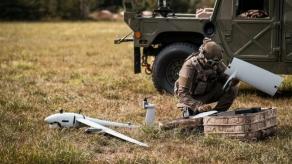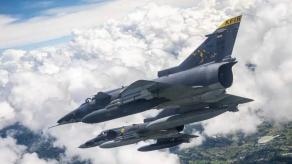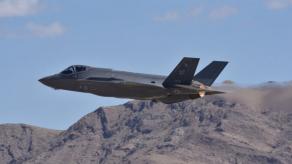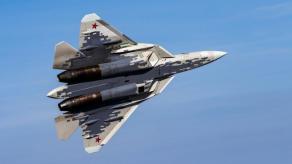A video has been posted on social media showing the firing of the cluster warhead of russian 9M723 ballistic missile during a strike on Odesa on April 29, 2024. It is known that 5 people were killed and 28 were injured. The fact that occupiers used missile with cluster munitions to strike an area only civilians were, caused a great shock. russians could have hoped for mass casualties.
There have been no reports of using Iskander missiles with cluster munitions by russians to fire at Ukraine's civilian infrastructure until now. Therefore, it may seem that this type of missile is a new and previously unknown development, but it is not.
Read more: That Time in 2004 When iran Friendly-Fired its Fighter with S-200VE, and the Lessons it Can Teach Us Today
Unfortunately, russians stated that 9M723 ballistic missiles for Iskander mobile short-range ballistic missile system could have several versions of cluster munitions even before February 2022:
- thermobaric weapon;
- cluster warhead with ammunition that can be aimed independently;
- cluster warhead with fragmentation elements of non-contact detonation;
- cluster warhead with high explosive fragmentation elements.

It was stated that the warhead with cluster munition is opened at an altitude of 1400-900 meters above the target, and detonation of the warhead occurs at an altitude of 10-6 meters above the target.
There is no publicly available data on how many missiles with cluster munitions for Iskander-M system russians may have.
Instead, publicly available information indicates that Armenia used at least two Iskander-M missiles with cluster munitions to strike Azerbaijan in the war over Karabakh in 2020. Azerbaijani military discovered the fragments and publicly showed them.
At the same time, russian Center for Analysis of Strategies and Technologies wrote in its unofficial blog that russia supplied Armenia with a serial version of the Iskander-M system with a range of 500 kilometers, but not the export Iskander-E version with a declared range of 280 kilometers.
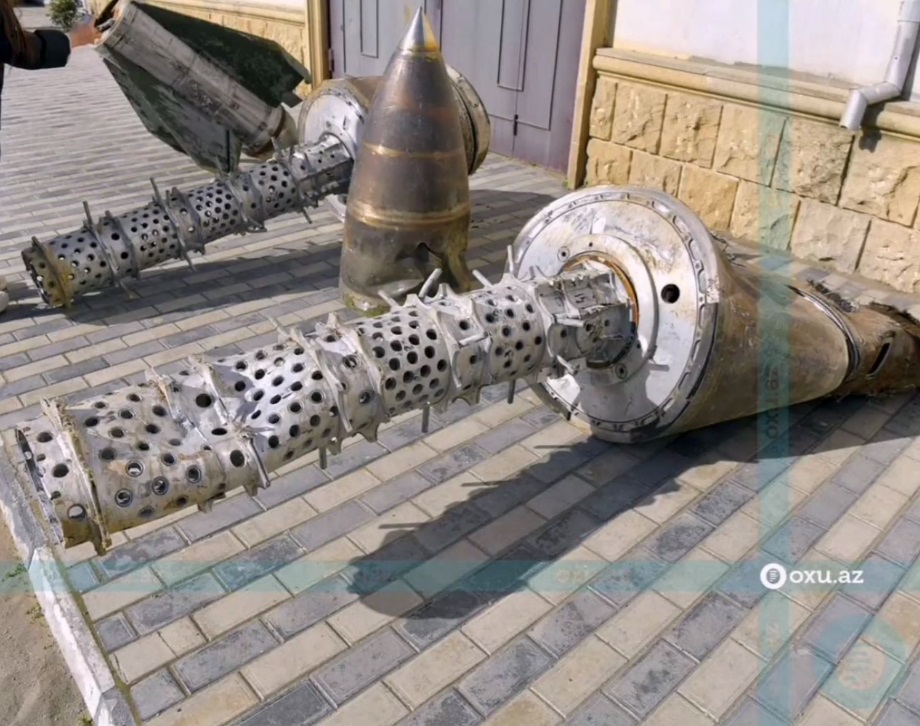
It is worth recalling that in early January 2024, there were reports that the russian federation was working on a cluster warhead for the Kh-32 supersonic cruise missile. However, there have been no documented cases of the use of Kh-32 missiles with cluster munitions to strike Ukraine.
Earlier Defense Express reported that ATACMS strikes on Crimea had become systematic.
Read more: Why Pentagon can Rest Assured Knowing GLSDB Proved Ineffective in Ukraine's Modern War Realities




